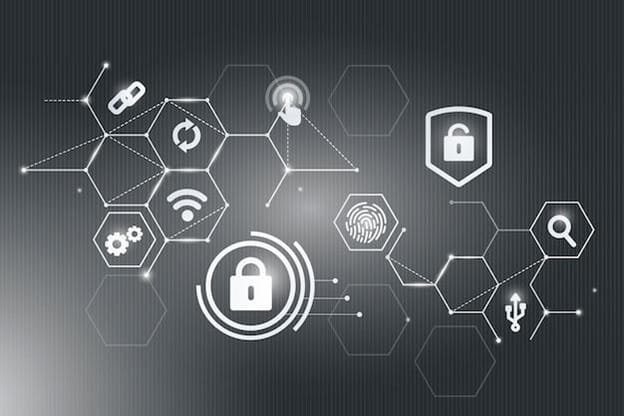Vendor security assessments are important in business because there is a need for companies to enforce high-security practices to prevent data breaches and security threats. The process of managing strict security practices usually comprises security questionnaires but if managers attempt to perform these assessments manually, it can be quite overwhelming.
That is where security questionnaire automation comes into play. Security Questionnaire automation brings a whole new dimension to managing such tasks. Inconveniences such as time wastage, and increased incorrect entries or mistakes are minimized with the help of AI automation.
In this article, we will see how the process of security questionnaire automation works and why it is important to understand.
The Complications of Manual Security Questionnaires
Security questionnaires are long and strenuous as they need to collect data on specific subjects, manage interactions with numerous departments, and answer similar questions. This manual process often leads to the following:
Delays:
It is very challenging to meet tight schedules, especially when dealing with many questionnaires.
Inconsistencies:
answers can differ from one submission to another, so when there is no efficient management of content standards it leads to inconsistencies.
Errors:
Response accuracy is also at risk due to human imperfection.
These challenges cause a lot of stress on the organizational resources, hence slowing down organizational processes. They also raise the probability of opportunities being missed.
The Power of Automation
The problems highlighted in the above cases can be addressed by security questionnaire automation. Here’s what makes the entire process powerful:
1. Centralized Information
All security data is stored in one location hence teams can easily retrieve information when the need arises. It helps to avoid repetition, thus ensuring that the organization achieves uniformity in its operations.
2. Pre-Filled Answers
One benefit is that automation tools come with set responses that are approved for responding to frequently asked questions. This makes the workflow faster and does not involve much repetition of the same work.
3. Real-Time Collaboration
It is possible to have teams working in parallel. This is an easy way to complete assignments, set achievements, and report on changes immediately.
4. Error Reduction
Smart devices verify the answers to minimize the possibility of faults. They keep the chances of making a wrong decision to the minimum level.
5. Faster Turnaround
Automation reduces the response time associated with questionnaires to a great extent. Businesses become able to deliver their products within scheduled time.
Benefits of Vendor Security Assessments
The benefits of vendor security assessments can be discussed to understand why organizations should need them. The use of technology compared to manual methods not only saves time, it also improves the quality of vendor security assessments.
Key benefits include:
Improved Compliance:
Concurrently and accurate responses prove conformance to security standards.
Stronger Relationships:
Quick and efficient audits help to gain more confidence from clients and vendors.
Scalability:
Automation comes in handy with the rising traffic of questionnaires as businesses expand.
With the help of security questionnaire automation, the appropriate organizations will be able to set priorities for corresponding goals.
Security Questionnaires Using AI-Powered Features
Various platform helps to transform security questionnaire management with the aid of advanced artificial intelligence. Important AI-powered capabilities include:
1. Dynamic Response Suggestions:
A functionality of AI is that it processes the questions and provides the respondent with correct and pre-approved answers and this cuts down the time it takes to respond.
2. Automated Compliance Checks:
The system guarantees compliance with the industry benchmarks and the company policies on answers.
3. Natural Language Processing (NLP):
AI understands different formats of questionnaires, which helps in making the options to map the response.
4. Data Insights and Analytics:
Analyze the occurrence of particular elements, detect contrasting occurrences, and enhance safety situations using the help of Artificial Intelligence technologies.
The features mentioned above not only accelerate the processes but also improve the degree of reliability and increase the confidence of stakeholders.
Conclusion
Vendor security assessments are critical yet do not always have to be complicated. Security questionnaire automation makes this easy to do. It also saves time and manual effort. Moreover, it is accurate and also helps manage vendor relations. Hence, companies can significantly change the approach to security assessments. In today’s era, it is the wise approach to beat the growing competition in the world of accelerating speed.

















